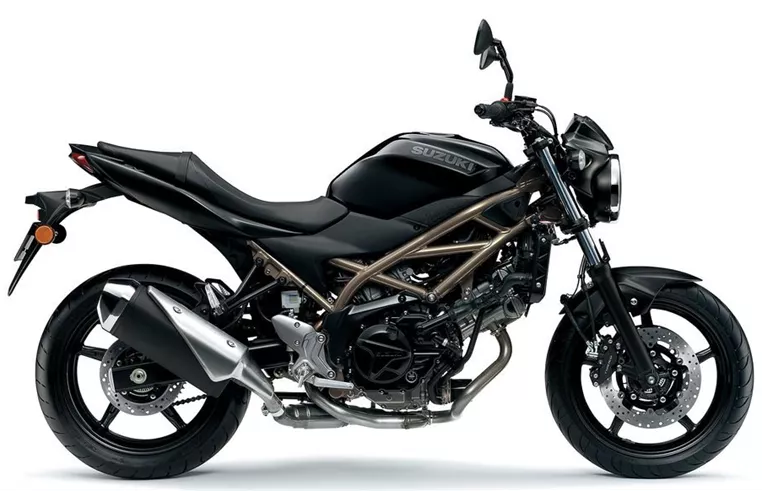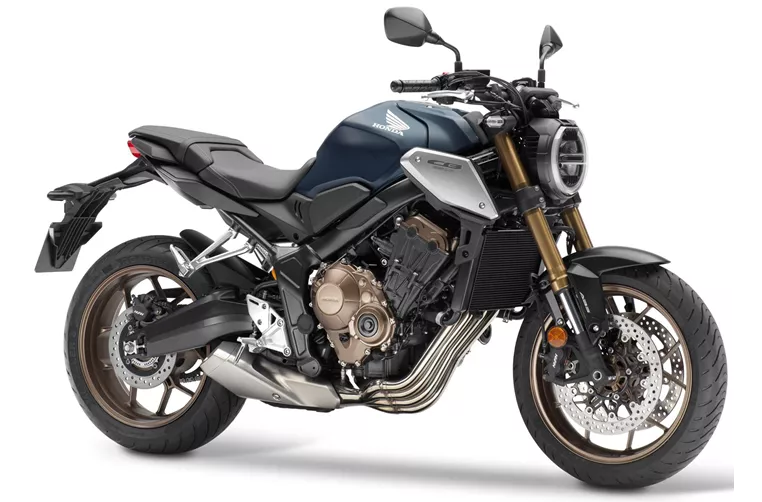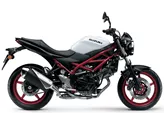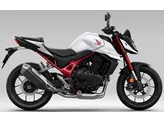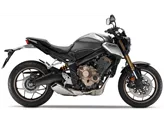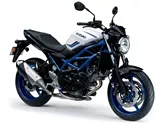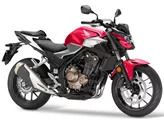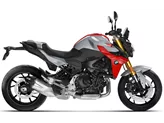Suzuki SV 650 2021 vs. Honda CB650R 2019
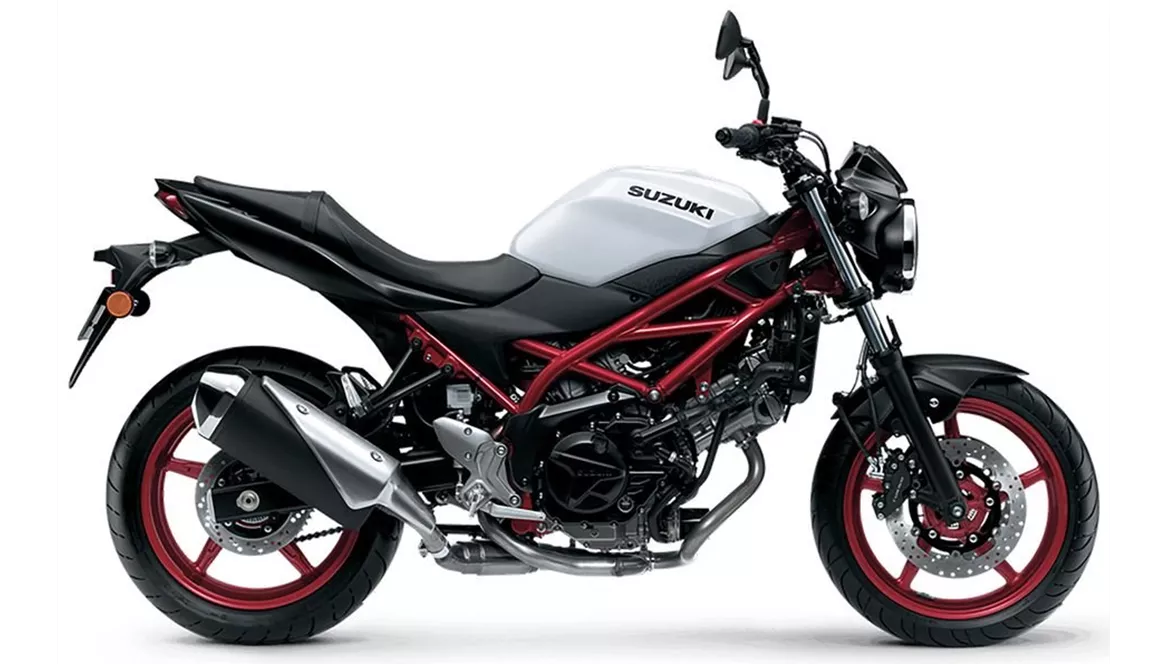
Suzuki SV 650 2021
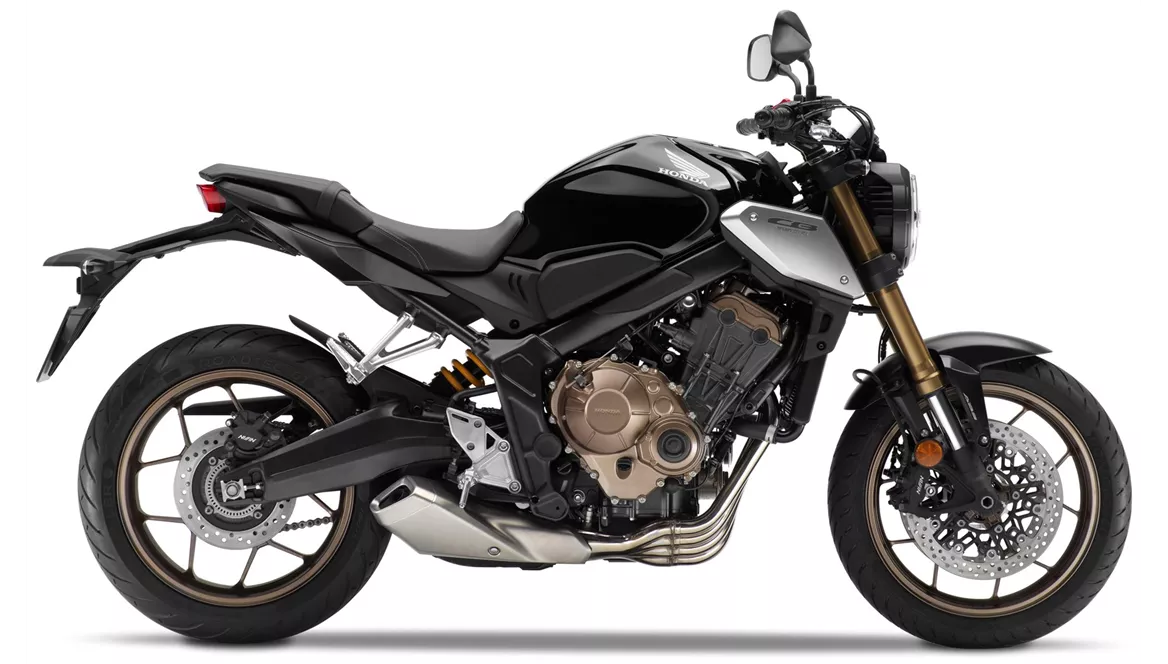
Honda CB650R 2019
Overview - Suzuki SV 650 2021 vs Honda CB650R 2019
The Suzuki SV 650 2021 and the Honda CB650R 2019 are both naked bikes that offer a thrilling riding experience. However, there are several key differences between the two models.
In terms of engine specifications, the Suzuki SV 650 2021 is equipped with a V2 engine that delivers 73 horsepower and 64 Nm of torque. On the other hand, the Honda CB650R 2019 features an in-line 4-cylinder engine that produces 95 horsepower and the same amount of torque. This means that the Honda CB650R has a more powerful engine compared to the Suzuki SV 650.
Both bikes have fuel injection systems and liquid cooling, ensuring optimal performance and efficiency. The engine displacement of the Suzuki SV 650 is 645cc, while the Honda CB650R has a slightly larger displacement of 649cc.
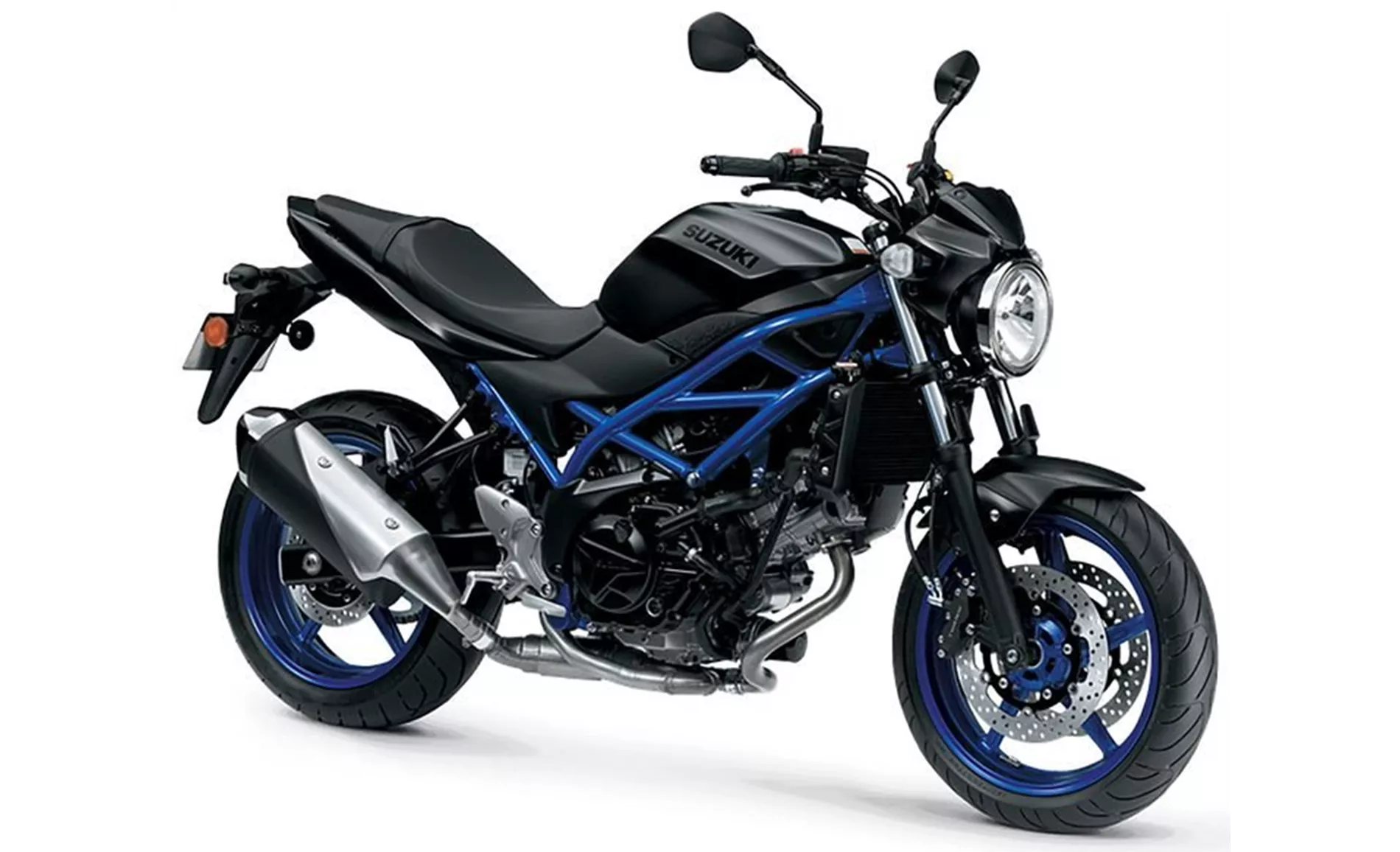
Suzuki SV 650 2021
In terms of suspension, both bikes have a swing arm rear suspension with a monoshock absorber and preload adjustment. However, the Suzuki SV 650 has a telescopic fork front suspension, while the Honda CB650R features an upside-down telescopic fork front suspension. This difference in front suspension design may result in variations in handling and stability.
Both bikes have double disk front brakes, but there are some differences in specifications. The Suzuki SV 650 has 290mm diameter front disks with four-piston calipers, while the Honda CB650R has larger 320mm diameter front disks with double-piston calipers. This indicates that the Honda CB650R may offer better braking performance compared to the Suzuki SV 650.
In terms of dimensions and weights, the Honda CB650R has a slightly longer wheelbase of 1450mm compared to the Suzuki SV 650's 1445mm. The seat height of the Honda CB650R is also higher at 810mm, while the Suzuki SV 650 offers a lower seat height of 785mm. Additionally, the Honda CB650R has a larger fuel tank capacity of 15.4 liters, compared to the Suzuki SV 650's 14.5 liters.
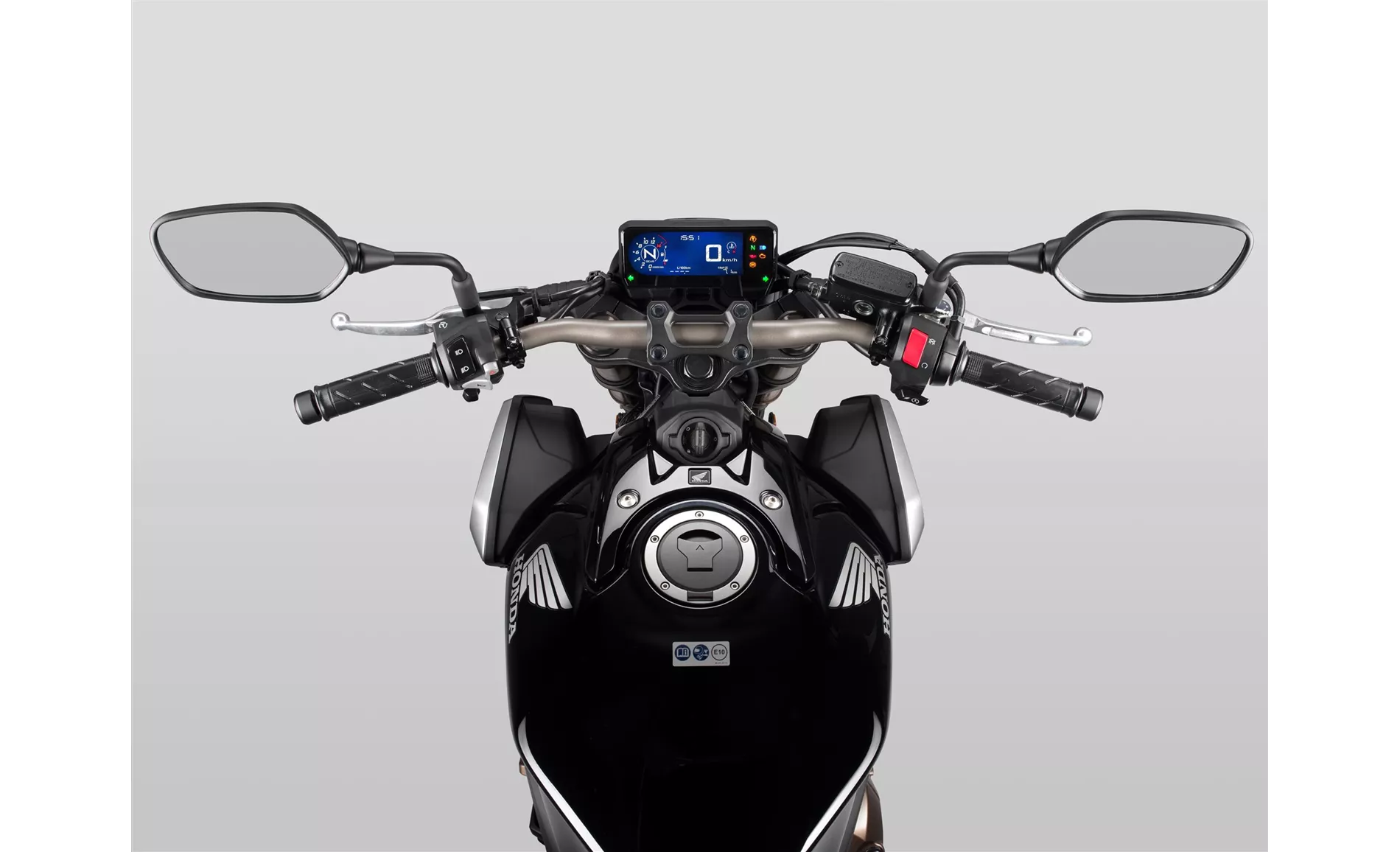
Honda CB650R 2019
When it comes to strengths, the Suzuki SV 650 2021 is praised for its confident V2 powerplant with character, stable chassis, comfortable seating position, easy handling, and timeless look. On the other hand, the Honda CB650R 2019 is commended for its rev-happy engine, reasonable power, sporty seating position, wide handlebars, rideability, and everyday comfort. The Honda CB650R also features a pretty display.
However, both bikes have some weaknesses. The Suzuki SV 650 lacks electronic features apart from ABS, and its brakes require manual force. The instruments on the Suzuki SV 650 are also considered moderately readable. On the other hand, the Honda CB650R may be seen as having a weakness in the chassis and may not offer as much power as its two-cylinder competition in hairpin turns.
In conclusion, the Suzuki SV 650 2021 and the Honda CB650R 2019 are both capable naked bikes with their own strengths and weaknesses. The Honda CB650R offers more power and features a higher seat height and larger fuel tank capacity. On the other hand, the Suzuki SV 650 provides a comfortable riding position, easy handling, and a timeless design. Ultimately, the choice between the two models will depend on the rider's preferences and priorities.
Technical Specifications Suzuki SV 650 2021 compared to Honda CB650R 2019
Pros and Cons in comparison
Pros and Cons in comparison
Suzuki SV 650 2021
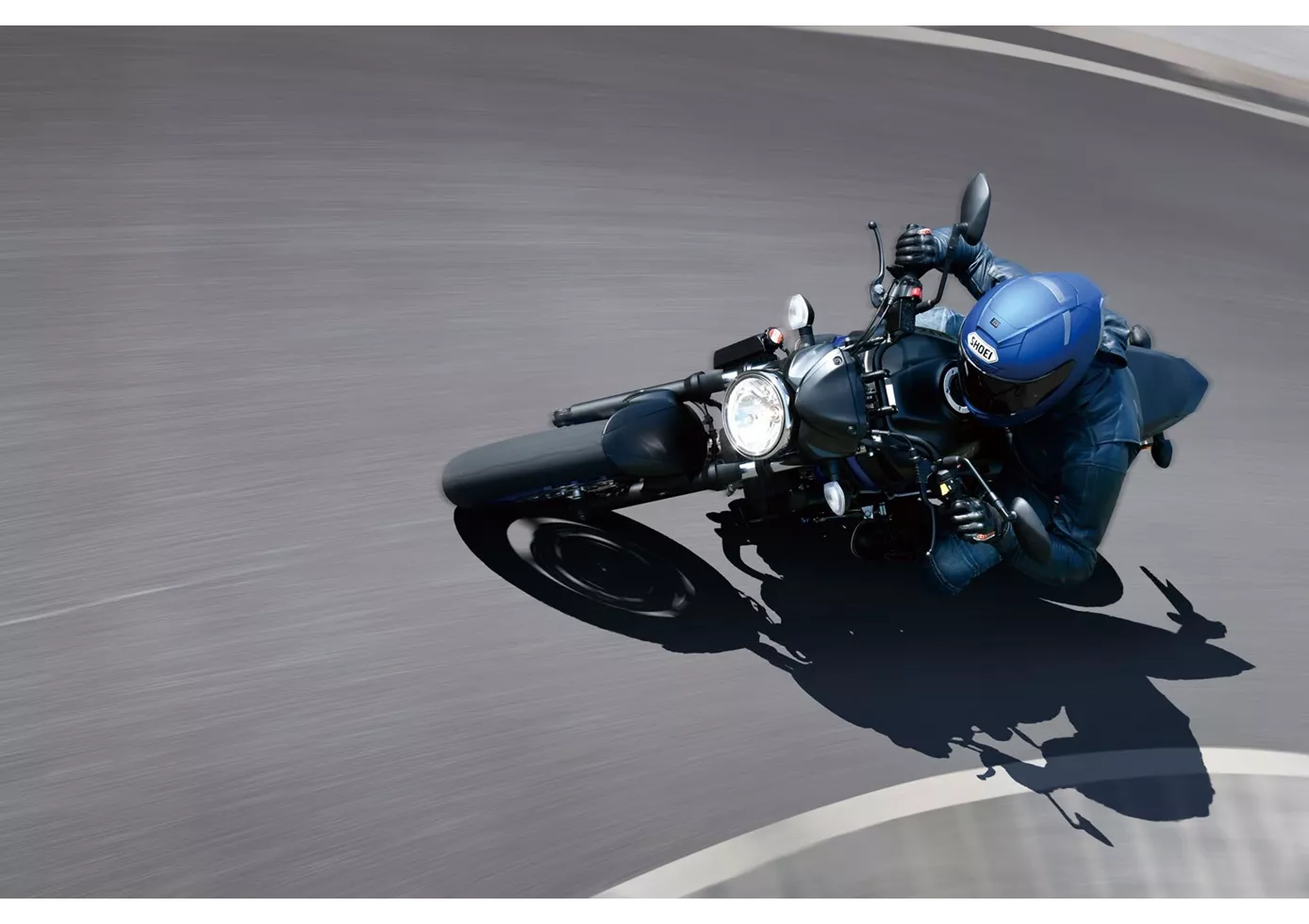
La Suzuki SV 650 n'a pas beaucoup évolué depuis cinq ans par rapport à son prédécesseur. Le moteur a été mis à jour selon la norme Euro5 et se présente désormais de manière encore plus adulte, ce qui lui permet de s'intégrer parfaitement au reste du package. La SV 650 ne veut effrayer personne, surtout pas les débutants. Le châssis donne une impression de solidité et de sérénité, le frein demande une bonne force manuelle pour éviter un surfreinage inattendu. L'optique est d'une part intemporelle, mais d'autre part vraiment un peu dépassée sur certains composants. En revanche, le prix est correct, comme d'habitude chez Suzuki.
Honda CB650R 2019
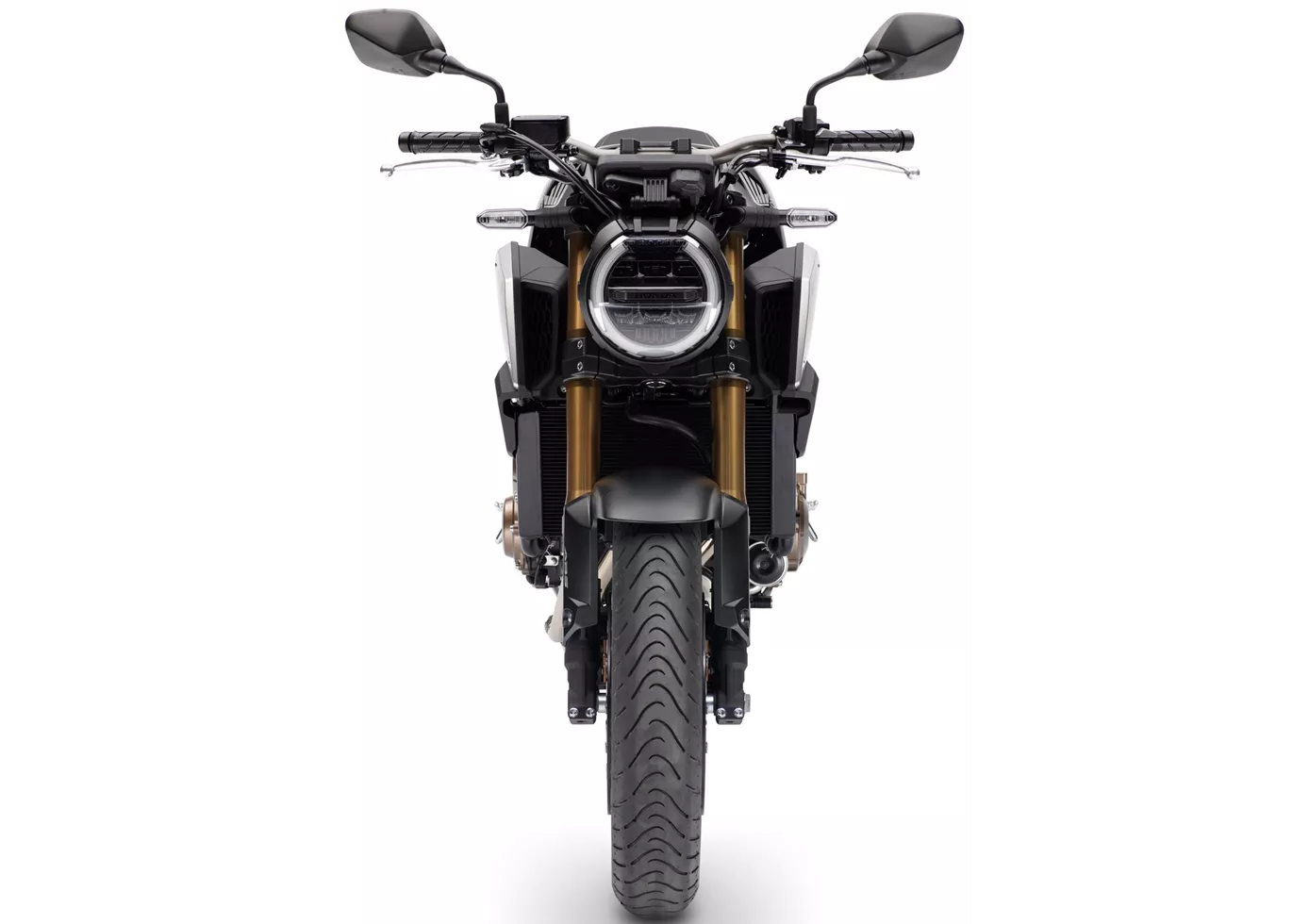
La CB650R de Honda prouve avec brio que même les naked bikes à quatre cylindres de faible cylindrée sont une véritable source de plaisir sur les routes de campagne. Le réglage du moteur donne suffisamment de poussée dans les virages en épingle et récompense, après une courte attente, par de magnifiques hurlements de quatre cylindres. Les composants du châssis tentent clairement de faire le grand écart entre la vie quotidienne et la sportivité, ce qui explique qu'en cas d'approche rapide dans les épingles, on trouve rapidement de l'agitation dans le véhicule. Mais d'une certaine manière, cette imperfection donne beaucoup de caractère à la Honda et donne au pilote le sentiment de devoir s'intégrer activement dans l'action. Une vraie recommandation pour les coureurs sur routes de campagne qui font quotidiennement la navette entre leur domicile et leur lieu de travail !
Price Comparison Avarage Market Price Suzuki SV 650 vs Honda CB650R
There are a few key differences between a Suzuki SV 650 2021 and a Honda CB650R 2019. In terms of price, the actual average price of a Honda CB650R 2019 is about 13% higher. A Suzuki SV 650 2021 experiences a loss of 130 USD in one year of ownership. This is offset by a loss of 410 USD for a Honda CB650R 2019. Compared to Honda CB650R 2019 there are more Suzuki SV 650 2021 bikes available on the 1000PS.de Marketplace, specifically 13 compared to 7. It takes less time to sell a Honda CB650R with 61 days compared to 111 days for the Suzuki SV 650. Since model year 2005 1000PS.de editors have written 25 reviews for the Suzuki SV 650 and 23 reviews for the Honda CB650R since model year 2019. The first review for the Suzuki SV 650 was published on 9/26/2008 and now has more than 14,200 views. This compares to more than 53,700 views for the first review on Honda CB650R published on 10/8/2018.
